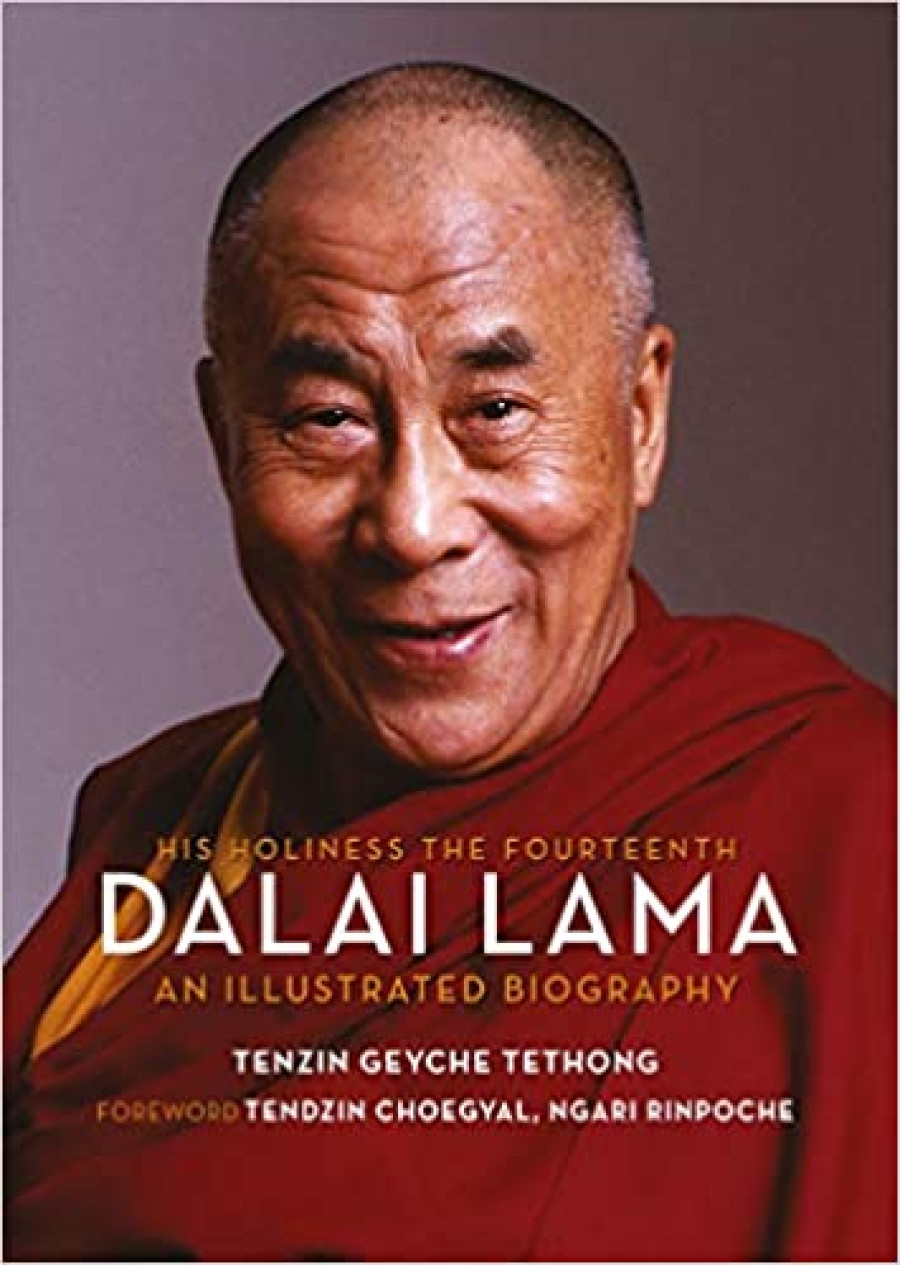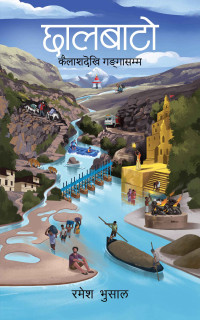Books
His Holiness in exile and a new home in India
The international press has covered in great detail the Dalai Lama’s struggle in exile. However, there is no other book with such authentic narrative than this one written by Tenzin Geyche Tethong.
Atul K Thakur
Among the world leaders who have impacted the course of history in the 20th and 21st century the most, few can be compared with His Holiness the 14th Dalai Lama. Born on 6 July, 1935, to a common farming family in north-eastern Tibet as Lhamo Dhondup, he was later recognised as the reincarnation of the 13th Dalai Lama at the age of two.
As per the Tibetan Buddhist spiritual tradition, he was named Tenzin Gyatso, the 14th Dalai Lama, and he revolutionised Tibet’s struggle to maintain autonomy despite China’s stiff position on not letting it happen over the decades.
While the mission is still not accomplished, the Dalai Lama-led Tibetan self-rule struggle in exile has exposed China’s tyrannical interference in its neighbourhood. The mainstream international press has covered in great deal the Dalai Lama’s struggle in exile (at his adopted home Dharamsala, Himachal Pradesh, India) against the illicit Chinese occupation of Tibet. However, there is no other book with such authentic narrative, compilation of rarest documents and not much seen images of the Dalai Lama and the journey of Tibetan struggle in exile like Tenzin Geyche Tethong’s recently released book “His Holiness the Fourteenth Dalai Lama: An Illustrated Biography”.
Tethong has been known to be one of the Dalai Lama’s closest aides and trusted advisers for over four decades. And thus the book is an essential read for anyone with serious interest about Tibet’s challenges and China’s long-standing disturbing comportments towards weaker neighbours.
In the 1950s, China’s invasion of Tibet put the Dalai Lama as the direct target of China—and he was left with no choice but to escape and live in exile to diffuse the dangerous standoff in the Tibetan valley on the fateful day of 17 March, 1959. The book gives a vivid account of how Tibet’s supreme leader informed his closest and immediate staff and asked them to send a message to the Indian Consul General in Lhasa about his plan of exile and asylum in India. He received a rousing welcome in India from then Prime Minister Pandit Jawaharlal Nehru who sent him a telegram saying:
"My colleagues and I welcome you and send greetings on your safe arrival in India. We shall be happy to afford the necessary facilities to you, your family and entourage to reside in India. The people of India who hold you in great veneration, will no doubt accord their traditional respect to your personage."
In a soldier’s dress and a Tibetan chuba (robe), the 14th Dalai Lama walked out of the Norbulingka palace forever. In small groups, his family members and monastery staff also left their homeland—to save themselves from the Chinese soldiers. After a precarious and stressful two-week-long journey, the Dalai Lama and close to 80 others crossed over from the Land of Snows into the Tawang District, in the North-East Frontier Agency (NEFA), now the state of Arunachal Pradesh.
With the support of India, he settled in Dharamsala, Himachal Pradesh—and gradually set up a sort of Tibetan government in exile and carried forward the struggle for Tibet’s recognition as an independent country. The illustrated biography opens up the world of the 14th Dalai Lama—from his early years as the "Precious Protector" when he led a sheltered yet tough existence in learning spent between the Potala and Norbulingka palaces in Tibet to turning as an international icon of highest repute.
The book doesn’t go deep into the political geo-strategic considerations. However, between the lines, it talks about China’s prejudiced Tibet policy and how India’s support to Tibet cost it a permanent rivalry with China. On the Dalai Lama’s 85th birth anniversary, Tethong published his intimate profile that eloquently sheds light on many aspects of the spiritual leader. Tethong served in the Holiness’ Private Office from 1963 to 2006 and was revered as an integral part of his circle. Over four decades, Tethong has accompanied him on many international visits, gaining an exclusive access not enjoyed by many. This marks the first instance when he is writing about His Holiness and he succeeds in doing that.
The most special pictures used in the book are curated by Jane Moore, a photo researcher from the UK. The book’s foreword is written by the Dalai Lama’s brother and the author’s close friend Tendzin Choegyal (Ngari Rinpoche) and enables the readers’ to know about the former from close quarters. Tendzin Choegyal has also mentored the book and that personal touch from the closest aide of the Dalai Lama adds to the book. The biography is successful in aptly portraying a leader who has the people’s support, a people who are otherwise divided by geography and language, united only in their love and reverence for him.
Originally published by Roli Books in English in India, the book will be also made available in multiple languages globally in Dutch, Russian, German, Italian, Estonian, Czech, Lithuanian, Slovak and others.
For outreach purposes and giving people a complete overview about Tibet’s quest for normalcy, this book should get a long shelf-life. It also informs the readers well about China’s obsession over expanding its territorial reach and its official disregard to the sovereignty of other countries. While the story of Tibet is in context here, it would be worthwhile to recall China’s direct or indirect attack on the sovereignty of India, Nepal and Bhutan as well. The cases of Pakistan and Sri Lanka are much more alarming in which they consciously let China plunder their resources and belittle their independent positions as free countries. China’s infrastructural drive in the South Asian region has to be seen into its perspective of ‘encircling’ where the political action is opposite of its developmental narrative—thus posing a grave threat to the idea of ‘Asian Unity’.
It is wishful that China believes more in enhancing its capabilities for constructive purposes rather than working against world peace. In the 21st century, China as a country has to learn about ‘soft power’ rather than ‘military aggression’ and keep Tibet’s suffering on. This book should be read by Chinese diplomats, especially those who are stationed in India and Nepal, and send back home the message of peace.




 10.12°C Kathmandu
10.12°C Kathmandu










